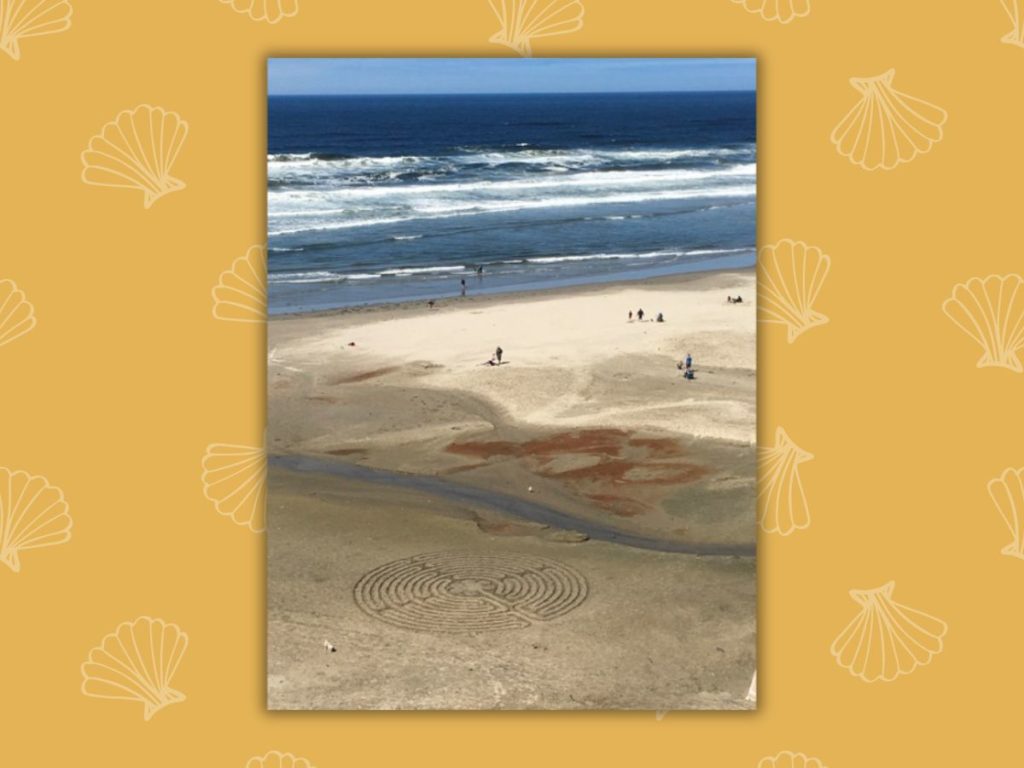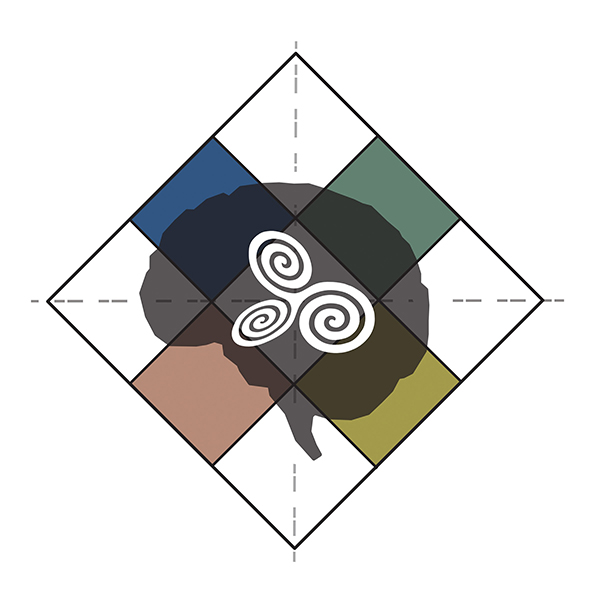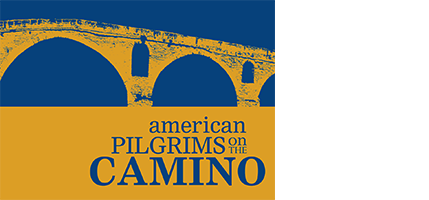Essential Walking: Celebrate Your Inner Labyrinths


Essential Walking: Celebrate Your Inner Labyrinths
by Susan Hummel | Husum, WA
One basic urge in the human body is to move. Moving through life on two feet, known as bipedalism, is an uncommon trait to which humans add a rare twist: we walk upright. This feat can occur because inside the skull is a labyrinth. Two of them, actually, one by each ear. These tiny spirals anchor the vestibular system, an intricate network of bodily organs and processes that is essential for balance. When these vestibular labyrinths are intact, it’s possible to overlook the outsize job they perform to keep you safe while walking. A flow of sensory information—both exterior and interior—is routed amongst your brain, ears, eyes, and muscles so that you can focus on the road ahead. Even when that way is noisy, rocky, or uneven. The Camino offers a chance to celebrate the inner labyrinths and, thus, to honor the unseen helpers present on any pilgrimage.
My vestibular system has malfunctioned for more than 30 years, which means that I’ve been paying attention to scientific discoveries about it for roughly half my life. A promising revolution is underway. Thanks to improvements in brain scan technology, for example, new evidence is revealing that moving and thinking are physically intertwined. The sensation of thoughts arising in the body is a familiar one to me and so these research results come not as a surprise but as an affirmation. I imagine that neuroscientists will eventually document positive correlations between walking and meditation, something pilgrims have intuited for eons.
In Greek mythology, a fearsome creature—the Minotaur—dwelt within the Labyrinth. This fortress lent its name to our vestibular labyrinths, which bear the same twisting, turning shape. One reason every pilgrimage is unique is that each pilgrim is singular. As the late neurologist Dr. Oliver Sacks wrote: “When people die, they cannot be replaced. They leave holes that cannot be filled, for it is the fate—the genetic and neural fate—of every human being to be a unique individual.”
Oliver Sacks. My Own Life. Essay (published 2/19/15 in the New York Times) then posthumously included in a thin book entitled Gratitude (November 2015 by Knopf).



